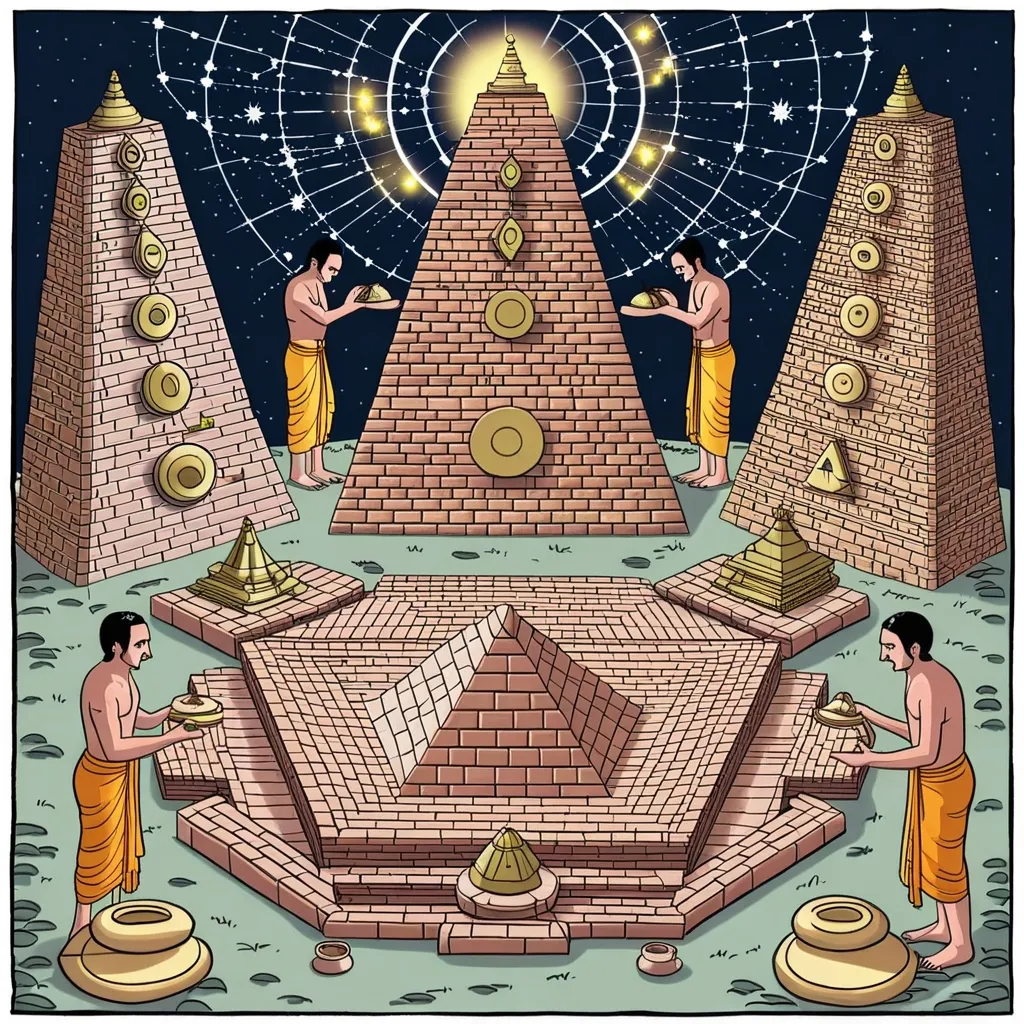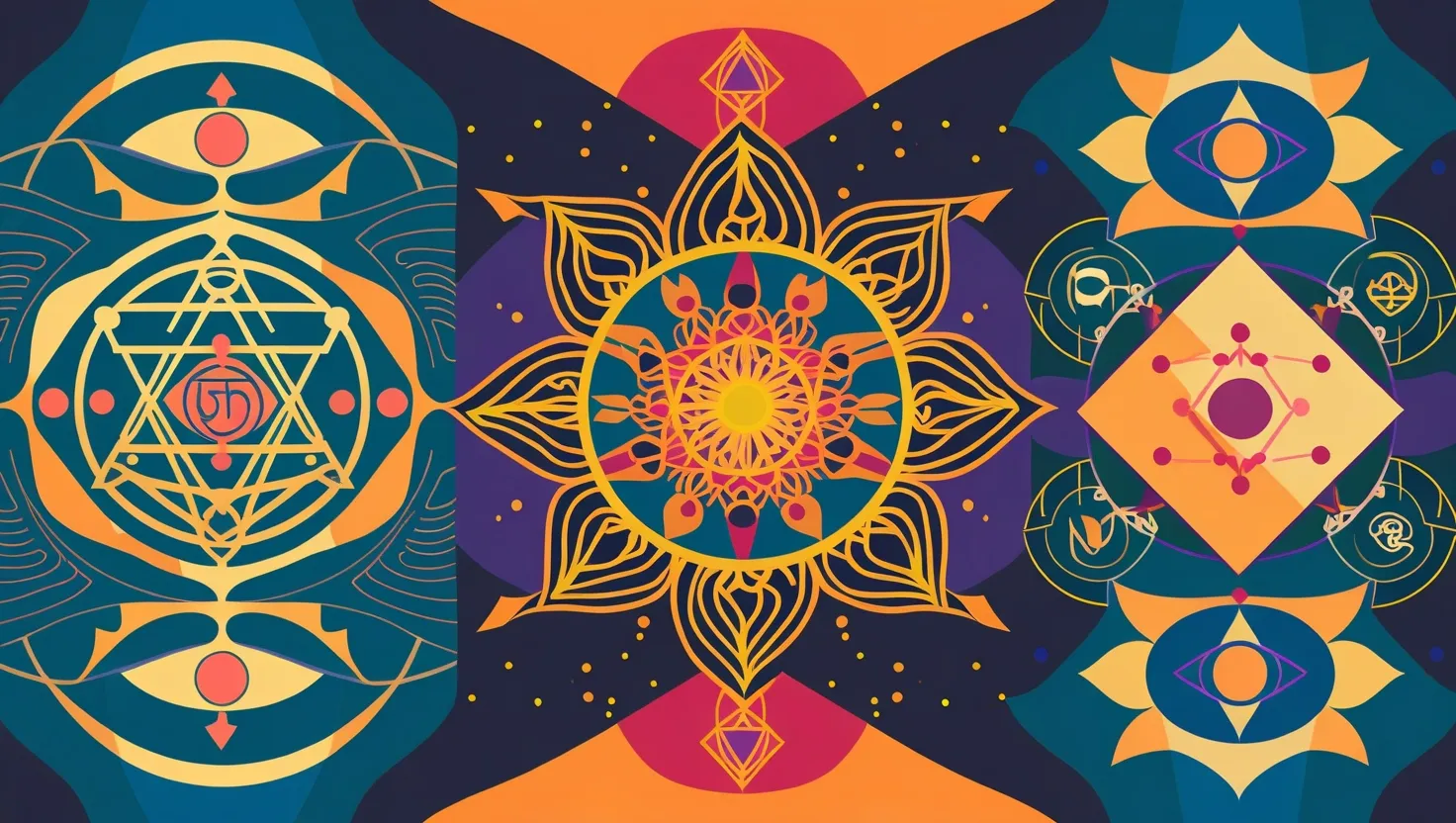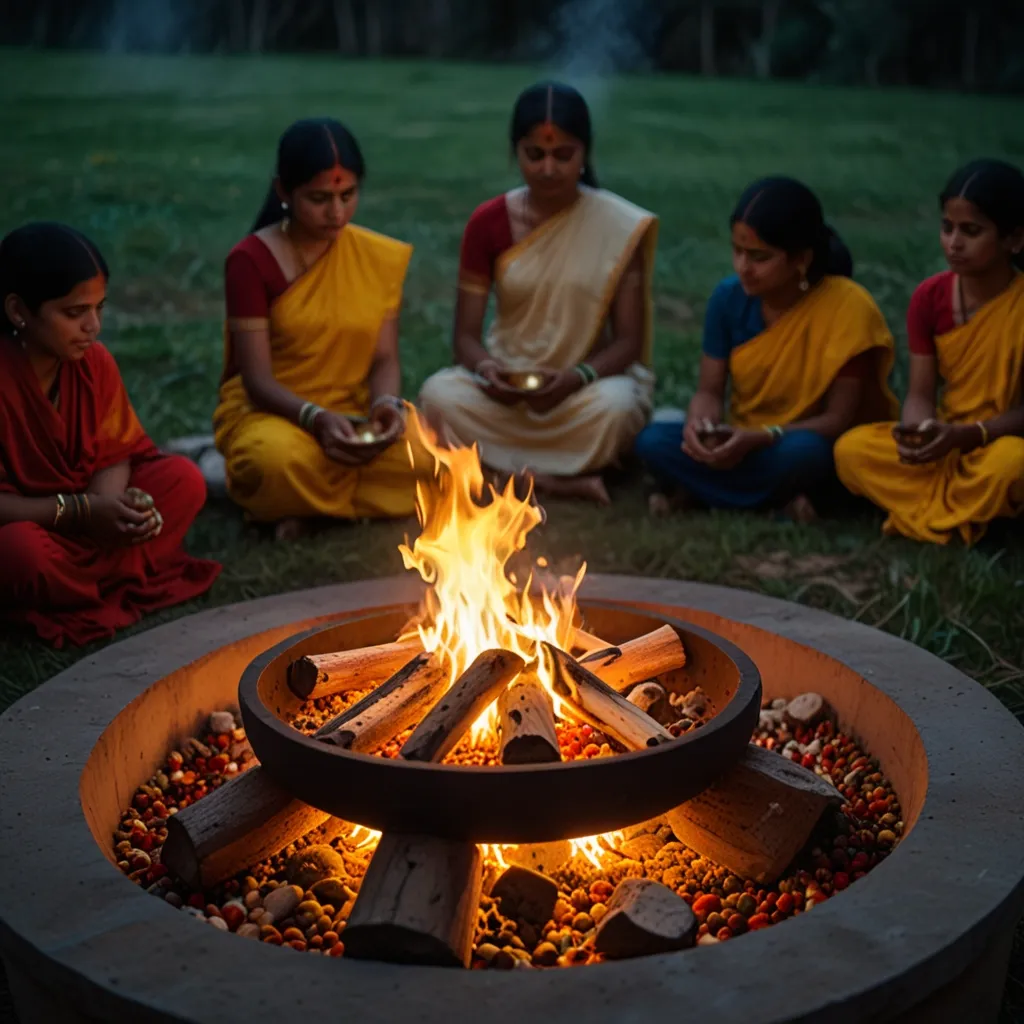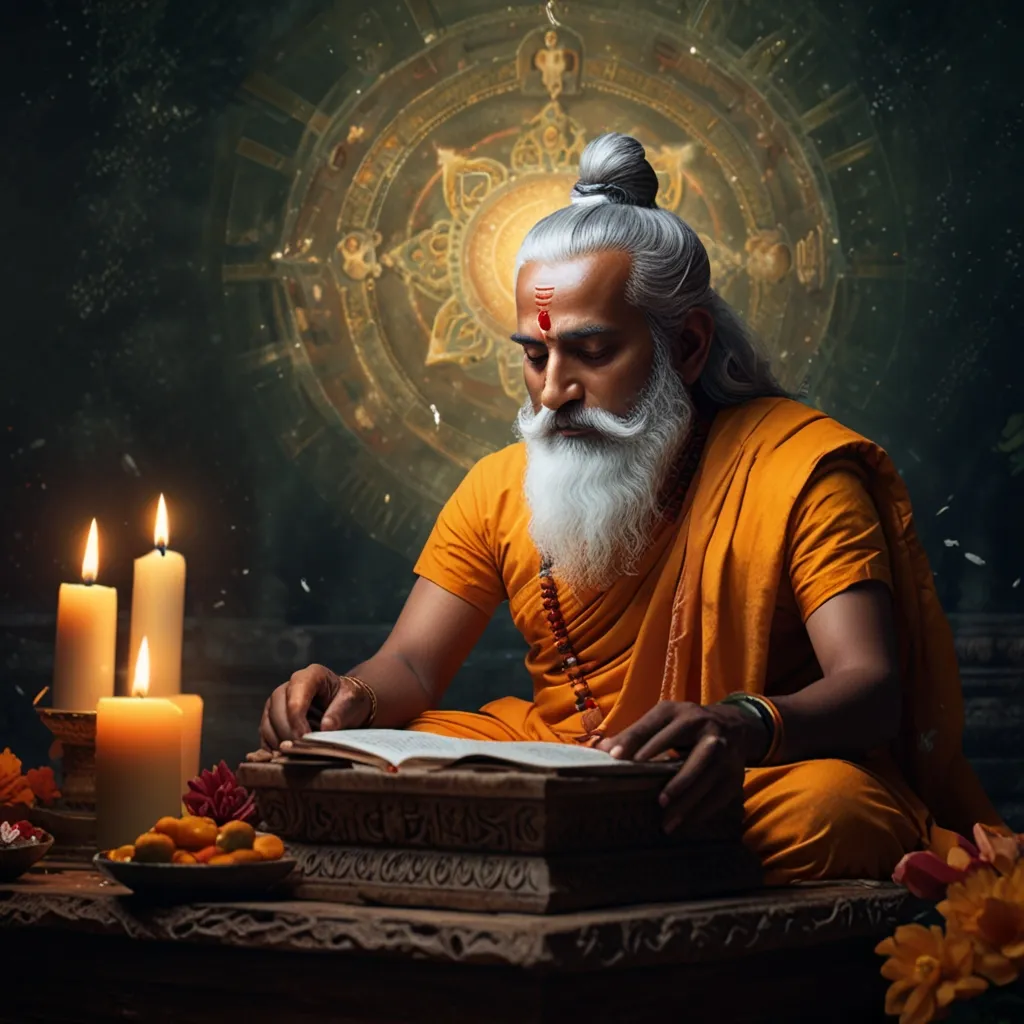Ancient Hindu practices, especially those mentioned in the Yajur Veda, reveal a fascinating blend of science and spirituality. Building altars wasn’t merely a ritual—these endeavors reflected vast cosmic and philosophical concepts showcased through sacred geometry. This geometry paired mathematical precision with spiritual depth, resulting in awe-inspiring structures.
The Roots of Sacred Geometry
At the heart of Vedic rituals lies sacred geometry, where constructing altars manifested the universe in miniature. Altars or “vedis” were more than just symbolic—they were designed as microcosms mirroring the cosmos. An integral part of this notion is the concept of the “Purusha,” or the Cosmic Man, whose form is considered the universe’s blueprint and thus, the altars’.
The Intricacy of Geometry in Rituals
Building these altars wasn’t a simple task. Extensive geometric calculations determined every step, outlined in ancient texts called the Sulbasutras. These texts specified how to create various shapes such as squares, circles, and triangles with particular bricks. For permanent fire altars, only square or circular shapes were permitted, whereas other types had more flexibility in shape but adhered to strict area guidelines.
The Art and Science of Bricks
Each brick in these constructions was meticulously crafted. They weren’t just bricks; they were precision instruments, coming in various forms like “caturthi” (quarter-squares) and “padya” (quarter parts of a square). These bricks were carefully sized and shaped to conform to complicated geometric patterns, creating altars that were as much art as science.
Microcosms of the Universe
One of the most complex Vedic ceremonies, the Agnicayana ritual, involved creating several altars, with the “Mahavedi” being the centerpiece—a trapezoidal structure symbolizing supreme awareness. Surrounding the Mahavedi were altars like the “Grhapatya,” “Ahavaniya,” and “Dakshinagni,” each with distinct shapes and symbolic meanings.
Aligning with the Stars
Constructing these altars wasn’t just about shapes and symbols; astronomical insights played a role too. Builders aligned the altars with celestial bodies, bridging lunar and solar calendars. For example, some altars had five layers of bricks representing the five-year divisions, intertwining Vedic cosmology with their understanding of time.
Math, Math, and More Math
Mathematics was fundamental. The Sulbasutras recorded early verbal expressions of geometric concepts that we often associate with Pythagoras today. These principles ensured the altars’ precision, mirroring the universe’s harmony and balance.
Symbolism Par Excellence
Each altar segment bore deep symbolic significance. Take the “Uttara-vedi”; it symbolized both the ritual’s patron and the cosmos. The firepan, or “ukha,” represented creation’s womb, embodying the Goddess’ power. These symbols were essential to the rituals, intertwining the outer cosmos with inner spiritual realms.
Vedic Rituals in Detail
The Shatapatha Brahmana describes rituals like the Vishnu strides and the Vatsapra rite, detailing the altars’ construction and specific steps taken during the rites. The Vishnu strides aimed to ascend to heaven, while the Vatsapra rite involved unyoking for rest, each with profound cosmic significance.
Reimagining the Cosmic Man
Central to these practices is the notion of the Cosmic Man, or Purusha. This concept envisions the universe within the human form, with altars symbolizing different body parts like the head, heart, and body, thus creating a small-scale universe reflecting the broader cosmos.
Wrapping Up
The Yajur Veda’s altar constructions showcase ancient India’s remarkable blend of spiritual insight and scientific precision. These altars transcend mere physical structures, representing the cosmos and exemplifying an intricate understanding of geometry, symbolism, and astronomy. They stand as a captivating study for those intrigued by science entwined with spirituality, reflecting an age-old harmony that resonates with our quest for interconnectedness even today.






